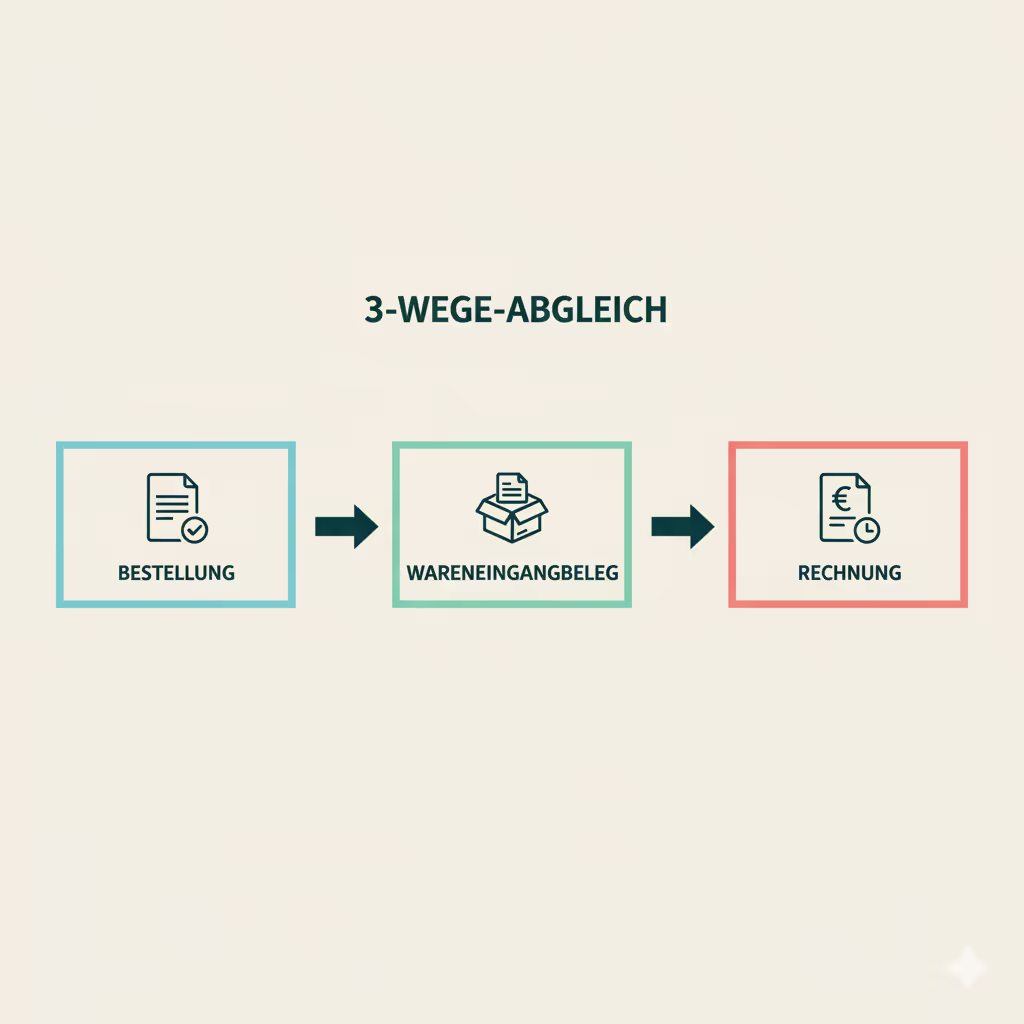Wie die Composable Process Layer Technologie die Arbeitswelt verändert
28.10.2024
5 Min.
Lesedauer

Was steckt hinter dem Begriff „Composable“?
In einer Welt voller Unsicherheiten und sich ständig wandelnder Anforderungen ist eines klar: Unternehmen jeder Größe brauchen heute mehr Agilität denn je. Große Konzerne sind oft schwerfällig, doch auch kleine und mittlere Unternehmen (KMU) dürfen es sich nicht leisten, langsam zu agieren oder ineffiziente, manuelle Prozesse weiterzuführen.
Die Lösung: Prozesse visuell gestalten, ohne eine einzige Zeile Code zu schreiben – und genau hier kommt der Begriff „Composable“ ins Spiel.
Was bedeutet ein „Composable Enterprise“?
Ein Composable Enterprise besteht aus modularen Bausteinen, die beliebig neu zusammengesetzt werden können. Diese Flexibilität sorgt dafür, dass Unternehmen schnell auf neue Technologien, Prozesse und externe Veränderungen reagieren können.
Der bekannte Gartner-Analyst Daryl Plummer bringt es auf den Punkt:
„Composable Business ist die logische Weiterentwicklung des digitalen Unternehmens. Es ermöglicht Organisationen, die Resilienz und Agilität zu liefern, die unsere Zeit erfordert.“
Vier Prinzipien für Composability
Laut Gartner gibt es vier Grundprinzipien, die Unternehmen auf dem Weg zur Composability unterstützen:
- Discovery: Veränderungen erkennen und sofort darauf reagieren
- Modularität: Geschäftsprozesse in austauschbare Komponenten unterteilen
- Orchestrierung: Definieren, wie diese Bausteine miteinander interagieren
- Autonomie: Einzelne Bausteine unabhängig und stabil weiterentwickeln
Unternehmen, die diese Prinzipien verfolgen, sind nicht nur agiler, sondern auch widerstandsfähiger in volatilen Märkten.
Was ist ein composable Prozess?
Ein composable Prozess besteht aus austauschbaren Komponenten – sowohl organisatorisch als auch technisch. Das bedeutet: Prozesse lassen sich einfach erstellen, verändern und bei Bedarf neu kombinieren.
Ein konkretes Beispiel:
Während der Corona-Pandemie mussten Unternehmen neue Schutzmaßnahmen für Mitarbeitende einführen. In klassischen Systemen hätte das oft komplexe IT-Projekte erfordert. In einem composable Setup genügte eine einfache Änderung im visuellen Prozesseditor – ohne neue Codezeile.
Die Composable Process Layer: Prozesse visuell gestalten, steuern und automatisieren
Die Composable Process Layer ermöglicht es, Prozesse visuell darzustellen und dadurch einfacher zu automatisieren – unabhängig von der technischen Vorerfahrung der Nutzer.
Vorteile:
- Intuitive Prozessgestaltung durch No-Code-Editor
- Klare Strukturierung und Visualisierung aller Prozessschritte
- Schnelle Anpassbarkeit bei internen oder externen Veränderungen
- Effiziente Automatisierung durch vordefinierte Logiken und Regeln
Sind composable Prozesse das neue Normal?
Agilität und Resilienz sind keine Nice-to-haves mehr – sie sind geschäftskritisch. Unternehmen, die ihre Arbeitsabläufe flexibel und modular aufstellen, verschaffen sich einen langfristigen Wettbewerbsvorteil.
Besonders für KMUs gilt:
- Keine Abhängigkeit mehr von teuren IT-Projekten
- Keine komplexen Softwareschulungen nötig
- Schneller ROI durch einfache Automatisierung
Mit Flowers können kleine und mittlere Unternehmen in weniger als einer Stunde ihre eigenen Workflows auf Enterprise-Niveau aufbauen und automatisieren – ohne bestehende Abläufe zu verändern.
Fazit: So bringt Flowers Ihre Prozesse auf das nächste Level
Flowers ist Ihre No-Code-Plattform, mit der Sie:
- Arbeitsprozesse visuell gestalten
- Wiederkehrende Aufgaben automatisieren
- Transparenz und Effizienz steigern
- Fehler reduzieren und Zeit sparen
1 Gartner, 2020, Gartner Keynote: The Future of Business Is Composable, https://www.gartner.com/smarterwithgartner/gartner-keynote-the-future-of-business-is-composable
2 IBM, 2014, What is a composable business?, https://www.ibm.com/blogs/cloud-computing/2014/04/23/composable-business/
3 Gartner, 2021, Becoming Composable: A Gartner Trend Insight Report, https://www.gartner.com/en/doc/becoming-composable-gartner-trend-insight-report
4 SAP, 2022, Composable Business Processes: The Journey Toward a Composable Enterprise, https://news.sap.com/2022/02/composable-enterprise-journey/
Weitere interessante Artikel

3-Wege-Abgleich im Mittelstand: Definition, Nutzen, KPIs und Umsetzung mit Flowers
.avif)



